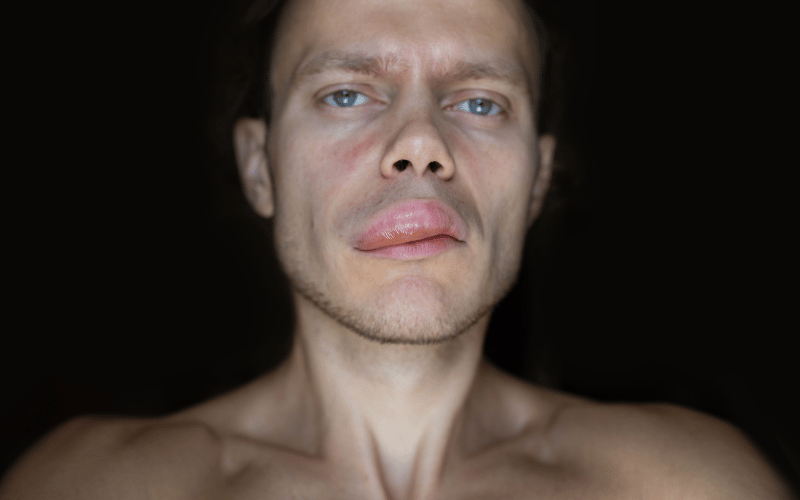Introduction: Understanding Angioedema

Angioedema, more commonly known as Quincke’s edema, often sits in the shadow of its more recognized counterparts in the realm of skin conditions. Yet, its significance and potential severity make it essential knowledge for every individual.
With its sudden appearance and unique symptoms, angioedema can be a concerning diagnosis for those unfamiliar. Here, we delve into the top 10 symptoms of angioedema, equipping you with the knowledge to identify and understand this condition better.
The very nature of angioedema sees it targeting the deeper layers of the skin, presenting symptoms that can sometimes be mistaken for other skin-related conditions. Differentiating between these conditions is crucial, as the potential implications and treatment can vary greatly. With a myriad of skin disorders out there, understanding the unique markers of angioedema can be a game-changer.
So, why focus on angioedema? Simply put, while it might not be everyday conversation material, recognizing its symptoms could make a world of difference in timely and effective treatment. With the right knowledge, you’re better equipped to advocate for your health and well-being. Let’s dive in.
1. Rapid Onset of Swelling: The Deep-Layer Dilemma

Diving straight into the deep end, the most notable symptom of angioedema is a sudden swelling beneath the skin. What sets this apart is its propensity to affect the deeper layers, unlike other surface-level swellings. Typically, these swellings appear rapidly, manifesting within mere hours.
But where does one typically spot this swelling? Often, it can be seen in areas like the eyes, lips, and even the genitals. Each of these areas presents its unique challenges and concerns, making it crucial to identify and address the swelling promptly.
It’s worth noting that while the swelling is indeed rapid, it’s not always immediate. There can be triggers, often allergens or irritants, that can set off the reaction. Keeping an eye out (no pun intended) for these triggers can be pivotal in preventing or addressing angioedema. (1)